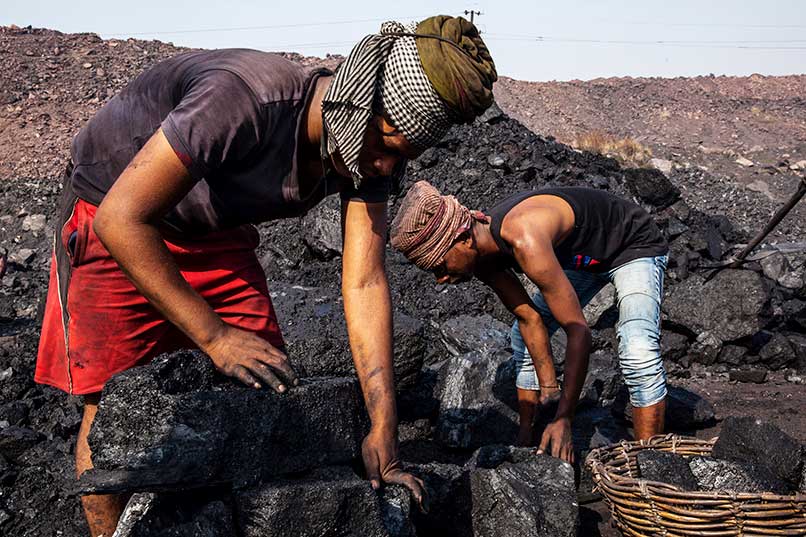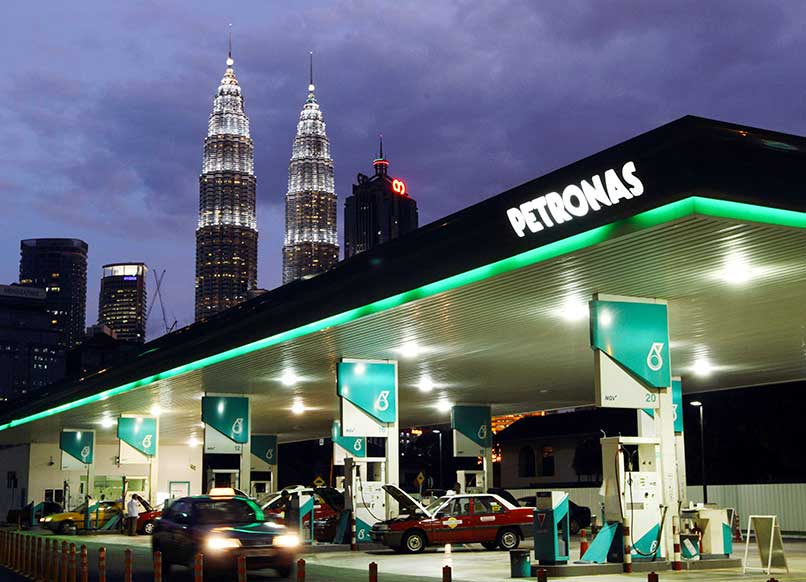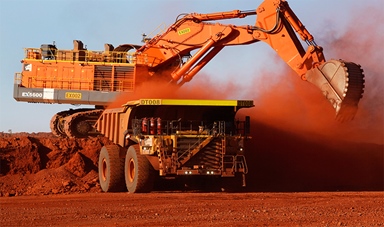Loading component...
At a glance
By Steven Koukoulas
The governor of Australia’s central bank, Glenn Stevens, declared in 2011 that Australia’s mining boom could potentially be “the biggest gift the global economy has handed Australia since the gold rush of the 1850s”.
Strong words, but entirely accurate. Prices for Australia’s main commodity exports rose by more than 375 per cent from late 2001 to the middle of 2011. At their peak, prices were the highest recorded.
The reason for these price hikes? A surge in demand for commodities such as coal and steel to underpin economic expansion, especially in China. That unprecedented increase in demand and prices drove mining companies to explore for new deposits and build new mines, smelters and rail lines.
Mining capital expenditure grew tenfold in a decade, peaking in 2012.
That boom provided Australia with rising national income and extended Australia’s recession-free period to 24 years. Reserve Bank of Australia (RBA) research suggests that mining’s purple patch added 10 per cent to Australian living standards in the 10 years to 2014.
The same mining boom also lifted other Asia-Pacific commodity economies – notably Indonesia, which exports thermal coal, and Malaysia, an oil exporter whose national budget depends on regular dividends and royalties from the state-owned oil giant Petronas. (Conversely, China, which imports energy and steel, will benefit from the boom’s end.)
"Producers need to sell as much output as they can, just to keep the cash flowing."
The price boom now appears well and truly over. Since 2012-13, the prices of many major commodities have fallen by a shuddering 50 to 60 per cent. The overall commodity price indices are reaching multi-year lows. The outlook for the mining industry is now fragile, with many minor players at risk of closing as the selling price falls below the cost of production.
Even the biggest mining companies are scaling back new investment: projects under construction will be completed, but new projects are being postponed until prices recover. Shelved projects in Australia include Woodside’s Browse liquefied natural gas project, to be built north of Broome, BHP’s port works in the Pilbara and an expansion of South Australia’s Olympic Dam mine.
And existing mines are closing. Brazilian giant Vale and Japan’s Sumitomo will shut the Isaac Plains coal mine in Queensland. Anglo-Swiss multinational Glencore has closed three of its 12 coal mines and US-based Peabody has shut its Wilkie Creek mine, also in Queensland. Miners are now asking how far prices will fall and how their industry will cope.
Global growth slowdown
In part, the weakness in commodity prices – and in mining in particular – is due to slow global economic growth. The 2008 global financial crisis left worldwide output well below what had been seen as its potential maximum – a condition known as an “output gap”. Now, without ever having closed that output gap, international growth has slipped back below its trend rate of increase.
Adding to the problems, China’s GDP growth has eased to its lowest pace in more than two decades, and both the Eurozone and Japan are in recession. This has led to weaker than expected demand for materials, and prices have tumbled.
Perhaps more important than the falling demand is the effect of rising supply. Global output of minerals and energy has surged as new mines and other facilities, built on the hope of boom-time prices, start producing. The supply boom has arrived just as the price boom has ended – an old and familiar pattern. If history is a guide, prices will stay low for years now.
It’s important to highlight that the investment boom of the past 10 years was not confined to Australia and the western Asia-Pacific region. Investment skyrocketed throughout South America, central Asia, Russia, the US (with shale oil), Canada and Africa. Now that the mines and wells in many of these areas are fully operating or nearing completion, the global capacity
"For miners with high production costs, the price fall is poison."
The mining sector now accepts that output will stay high. With huge amounts invested during the boom, producers still need to sell as much as they can, just to keep the cash flowing and their businesses going. But this flood of new output is yet another factor pushing prices down.
For the low-cost producers – such as BHP and Rio Tinto in iron ore – the damage will generally take the form of lower profits and cost-cutting. For miners with high production costs, the price fall is poison. Where mines stay open, many operators are trying to slash costs as they navigate their way through the current price weakness in the hope that prices pick up at some stage.
Australia’s Treasury estimates that by the 2017-18 financial year, capital spending by Australian mining companies will have fallen 80 per cent from its peak in 2012-13, to below its long-term average.
Prices down, volumes up

There is some good news amid the gloomy price trends. All that output means that even at lower prices, many firms are still racking up big export numbers and pulling in good revenue. The volumes of iron ore and coal exports from Australia continue to scale record highs every quarter.
The other offset to the price freefall has been currency depreciation. The Australian dollar, for example, has fallen from well above parity with the US dollar to recent levels below 80 US cents. This 25 per cent depreciation hasn’t fully matched the fall in many commodity prices, but it means that for any given US dollar price for a commodity, Australian miners have had a substantial buffer via the exchange rate.
This is apparent in the movements of the RBA index of commodity prices. In terms of US dollars, it peaked in July 2011. Since then, it has fallen 47 per cent in US dollars. But in Australian dollar terms, the fall has been just 30 per cent, reflecting the fall in the value of the Australian dollar itself. The Malaysian ringgit has followed a similar course.
The Australian dollar needs to fall further – perhaps to 70 US cents or less – if it is to truly reflect the commodity price cycle. If this happens, the bulk of the mining sector will be able to keep its head above water and rely on strong export volumes for profitability.
Riding out the downturn
In a speech late last year, the RBA’s Alexandra Heath said that in Australia the boom did more than just boost employment in mining and drilling. These fields are small employers, even in a boom. Far more of the jobs created are in resource-related sectors such as business services, especially while investment is happening. But as that investment phase ends, so does the mining-related jobs boom.
For the Australian economy, the impact of the troubles in mining and other commodity prices is showing up in sluggish performance. Real GDP growth is stuck below trend at about 2.75 per cent, while the unemployment rate is above 6 per cent. Inflation has fallen sharply, but that’s mostly taken as a sign of the economy’s weakness.
The RBA has set interest rates in Australia at record lows in an effort to stimulate economic activity, in particular consumer spending, housing construction and non-mining capital expenditure. Housing construction has picked up, but consumer spending growth has not. And state and federal governments are trying to cut spending.
Despite the current low prices, the global production of commodities continues to grow. Meanwhile, the Chinese economy and other emerging markets are transforming, with stronger growth in services and relatively less drive from resource-using sectors.
Since the late 1990s, the services sector in China has risen from less than 35 per cent of GDP to more than 45 per cent. While still important, construction and manufacturing have fallen from just under 50 per cent of GDP to around 44 per cent, with a sharp decline in the past few years.
This has implications for Asia-Pacific miners, especially those producing coal and iron ore. With China delivering a growing middle class, greater education, skills and further urbanisation, there is no doubt these trends will continue.
"The supply boom has arrived just as the price boom has ended – an old and familiar pattern."
But just as important are the realities of higher Chinese living standards. As Heath points out, a richer China can afford more energy, even if a higher proportion of it is in the form of more environmentally-friendly natural gas. China is also building more tall buildings, which use relatively more steel.
For miners who can ride out the current downturn, the future looks good. But for a few years at least, they will live in a different world; one where production volumes, more than prices, mould their bottom lines.
Mining and the long term

Australia is suffering the short-term effects of the end of the mining boom. But what of the long term? Some economists worry that such a boom can permanently damage an economy’s long-term competitiveness, both by drawing investment funds and skilled people away from other sectors (manufacturing, tourism, education and the like) and by forcing up the exchange rate. Economists call this problem “Dutch disease”.
One recent analysis suggests these concerns may be overstated. The respected Grattan Institute think tank’s 2013 report, The Mining Boom: Impacts and Prospects, argued not only that the boom had helped the Australian economy grow faster, but that manufacturing and other trade-exposed industries would bounce back quickly once the Australian dollar fell.
The report also found that people were right to worry about one aspect of the boom – it had encouraged Australian governments to cut taxes and increase spending by more than the country could afford in the long run. After the boom, it said, commodity economies need to repair their budgets while continuing to invest in skills and education.
Mining booms may not hurt as much as some fear, but they don’t solve everyone’s problems. – David Walker

